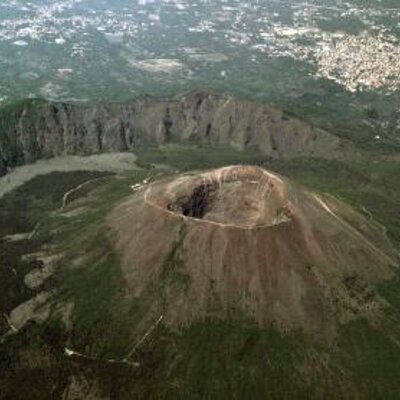Eternally raucous, eternally rarified: eternally Rome. The Eternal City has withstood millennia to dazzle 21st-century visitors with ancient ruins, baroque squares, and more art than you could ever cover. Tours of the Colosseum, Roman Forum, and the Vatican City are the top-tier things to do in Rome. The city’s historic center—home to headliners like the Spanish Steps, Pantheon, and Trevi Fountain—also draws admirers from across the globe. Once you’ve checked off the heavy hitters, delve into the dining and nightlife in historic neighborhoods like Trastevere and the Jewish Ghetto.




































































